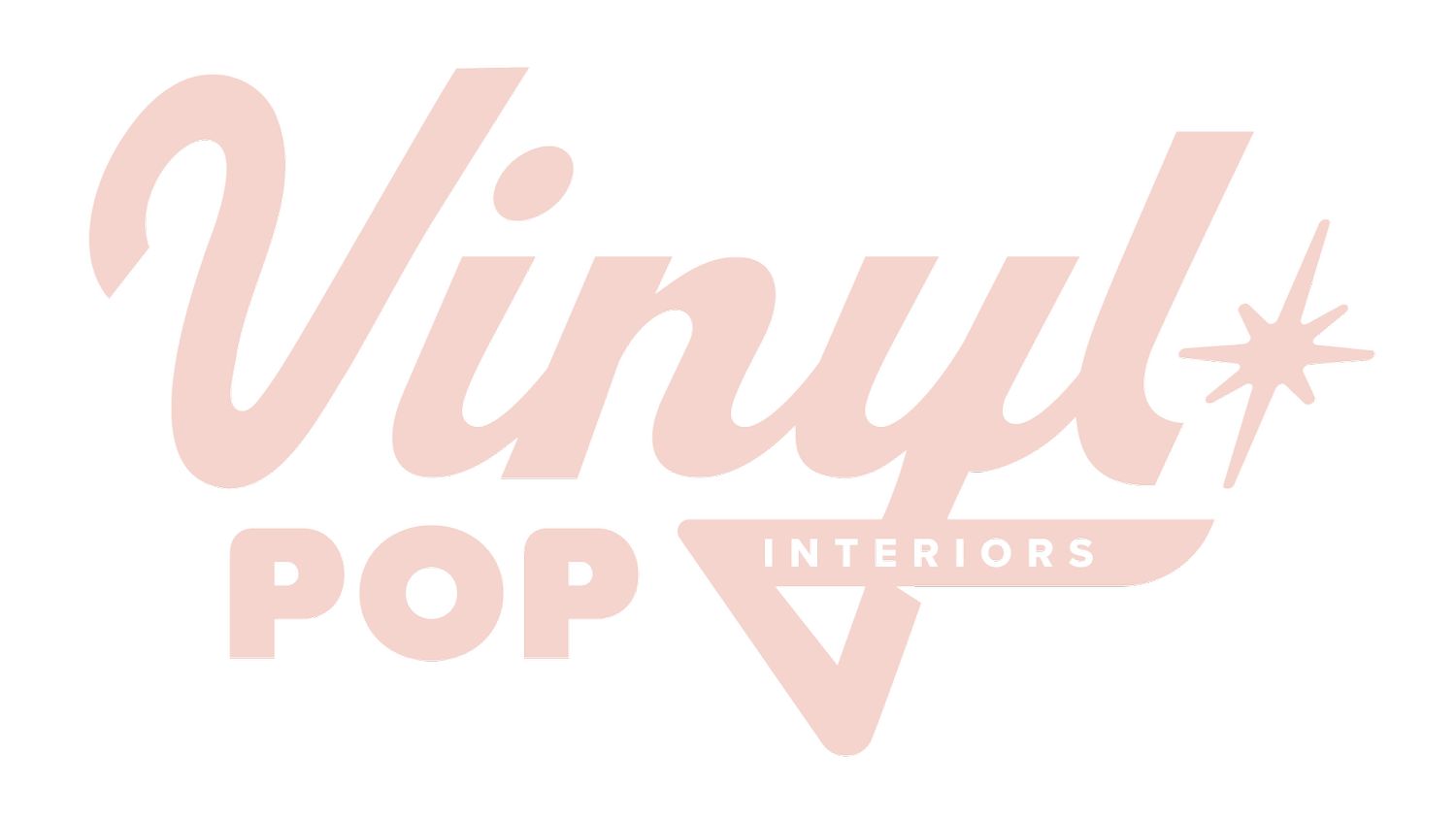7 Myths About Architectural Film — Busted
Architectural vinyl film is growing fast in the design and renovation world — but with any newer product, there’s a lot of confusion (and a few outdated assumptions) floating around.
At VinylPop, we’ve heard every question and hesitation under the sun. So we’re setting the record straight by busting the most common myths about architectural vinyl — and helping you figure out whether it’s right for your space.
Myth #1: “It’s just fancy contact paper.”
Busted: Cheap peel-and-stick vinyl from Amazon or a craft store is a totally different product.
Architectural film — especially Bodaq — is a multi-layered, commercial-grade material used in hotels, hospitals, elevators, and office spaces around the world. It’s textured, durable, heat-moldable, and professionally installed.
This isn’t a craft supply — it’s a performance surface.
Myth #2: “It won’t hold up in busy spaces.”
Busted: Architectural film was designed for busy, high-traffic environments.
It’s:
Scratch-resistant
Stain-resistant
Water-resistant
Antimicrobial
Fire-rated (Class A, ASTM E84)
It’s used in hospitals, restaurants, retail chains, and corporate offices — not just homes.
Myth #3: “You can always tell it’s fake.”
Busted: Most people don’t even realize it’s vinyl.
High-end architectural film mimics the texture, depth, and matte finish of real materials like wood, concrete, leather, and metal. The difference is in the details — like how light hits the surface, or how it wraps around corners seamlessly.
Once it’s installed, it looks like part of the built environment — not something that was added later.
Myth #4: “It’s not worth the cost — you might as well just paint or replace.”
Busted: In many cases, film is the smartest long-term value.
It eliminates:
Demolition and disposal costs
New material purchases
Paint touch-ups and re-dos
Downtime or lost business during renovation
Plus, you get premium-looking surfaces with none of the mess or fumes — and it can often be repaired or rewrapped without redoing the entire project.
Myth #5: “I can install it myself.”
Busted: You can try — but it probably won’t last (or look great).
Professional installation involves:
Precision surface prep
Heat stretching
Seam alignment
Edge sealing
Specialty tools
We’re often called to fix DIY jobs that bubbled, peeled, or failed within months. A clean install is what makes architectural film look built-in — not stuck-on.
Myth #6: “It’s not eco-friendly.”
Busted: Architectural film is one of the most sustainable surface upgrade options.
Bodaq film is:
Low-VOC
Eco-certified
Safe for indoor air quality
Helps avoid waste by resurfacing instead of replacing
Contributes to LEED points for green building projects
Tearing out perfectly usable cabinets or doors just to make them prettier creates tons of landfill waste. Film lets you reuse what you already have.
Myth #7: “It’s only for modern or minimalist spaces.”
Busted: The design range is massive.
From natural wood textures and warm tones to industrial concrete, soft linens, bold colors, brushed metals, and even rich leather — there’s a finish for every style.
Whether you’re branding a sleek corporate lobby or warming up a cozy café, architectural film can support the look you want — without locking you into one aesthetic forever.
Final Word
Architectural vinyl film is a high-performance, design-forward material that deserves more credit — and fewer assumptions. It’s not a gimmick, shortcut, or compromise. It’s a legitimate alternative to traditional finishes when used in the right space, by the right team.
At VinylPop, we’re happy to talk through your goals, walk through your space, and answer every question — no pressure, no spin.
